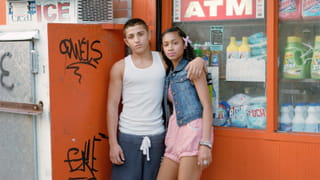Halden Prison in Norway is one of the strangest in the world, and after writing about it, I couldn’t stop thinking about the idea behind it. Inmates prepare food with knives or record music in a fully equipped studio. The guards don’t carry guns. As one put it: “We talk to the guys. That’s our weapon.”
The result? The inmates and guards get along fine. More astonishingly, Norway has the lowest recidivism rate in the world, and the system is much more cost effective.
If we can turn the other cheek with criminals and would-be terrorists, then maybe we can apply the same strategy on a larger scale. Maybe we can bring together sworn enemies and even stamp out racism and hatred.
I was reminded of a story I’d come across in a footnote somewhere, but hadn’t pursued. A tale of two brothers who for decades stood on opposing sides, yet in the end managed to prevent a full-blown civil war. Sounds like a good story, doesn’t it?
In a pile of old notes, I found the brothers’ names, and after that, I wanted to know everything about them.
The story of the brothers is inextricably bound up with one of the most renowned figures of the 20th century. On 11 February 1990, millions of people sat glued to their televisions to see him. Nelson Mandela, imprisoned for 27 years, became a free man on that day. Finally, there was hope for peace and reconciliation between black and white South Africans. “Take your guns, your knives and your pangas,” shouted Mandela shortly after his release, “and throw them into the sea!”
Four years later, on 26 April 1994, the first elections were held for all South Africans. Again the images were enthralling: endless lines at the polling stations, 23 million voters in all. Black men and women old enough to remember the start of apartheid casting ballots for the first time in their lives. Helicopters that once brought death and destruction, now dropping pencils and paper ballots. A racist regime had fallen and a democracy was born. Two weeks later, on 10 May, Mandela was sworn in as the country’s first black president.
During his inauguration, fighter jets flashed across the sky tracing vapour trails in the colours of the Rainbow Nation. Combining green, red, blue, black, white and gold, the new South African flag was the most colourful on Earth. Less well known: how close it came to not happening at all. The South Africa we know today nearly didn’t make it.
In the four years between Mandela’s release and his election as president, the country came to the brink of civil war. And wholly forgotten is the crucial role two brothers – identical twins – had in preventing it. Constand and Abraham Viljoen were born on 28 October 1933. As boys they were inseparable. The brothers attended the same schools and were in the same classes. They listened to the same teachers and the same propaganda about the superiority of the white race.
The South Africa we know today nearly didn’t make it
More importantly, they were moulded by the same history. Constand and Abraham were Afrikaners. They were the descendants of French Huguenots who came ashore in 1671 and intermingled with the Dutch settlers. In 1899, this Afrikaner population would rise up against British rule in South Africa, only to be ruthlessly crushed. The boys’ father had experienced the British concentration camps as a child. He’d looked on, helpless, as his brother and two sisters died in their mother’s arms. Constand and Abraham’s family thus belonged to an oppressed people, but sometimes the oppressed become the oppressors, and it was this truth that would drive the twins apart.
In 1951, soon after the boys’ 18th birthday, their mother announced there wasn’t enough money to send them both to college in Pretoria. You go ahead, Constand said to Abraham, or “Braam” as he was known. After all, Braam was the smart one.
While his brother enrolled in theology, Constand enlisted in the military. Army life suited him, and it became like a second family. While Braam pored over his books, Constand jumped out of helicopters. While Braam studied in Holland and America, Constand fought in Zambia and Angola. And while Braam befriended students from all over the world, Constand developed a deep bond with his military comrades. Year by year, the brothers drifted further apart. “I was exposed to the question of just treatment,” Braam later recalled, “and to the belief that people were equals.” Braam began to realise that the apartheid he’d grown up with was a criminal system and contradicted everything the Bible taught.
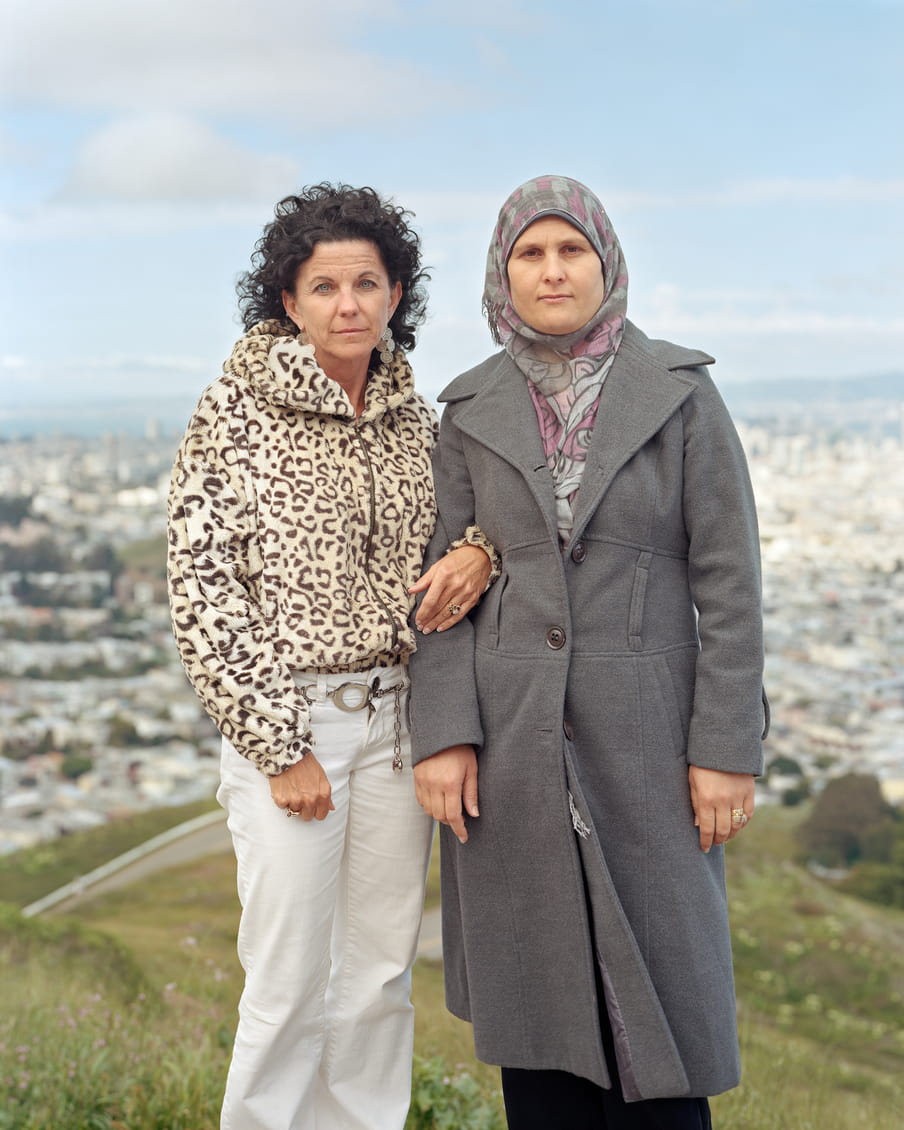
When he returned after years of studying abroad, many South Africans considered Braam a deserter. A heretic. A traitor. “They said I had been influenced,” he later said. “That I never should have been allowed to go overseas.” But Braam wasn’t dissuaded and continued to call for the equal treatment of his black countrymen. In the 80s he ran for office, representing a party that sought to end apartheid.
It became increasingly clear to him that the apartheid government was a downright murderous regime. Constand, meanwhile, grew to be one of South Africa’s most beloved soldiers. His uniform was soon spangled with medals. At the pinnacle of his career, he became chief of the South African Defence Force, encompassing the army, navy and air force. And until 1985 he remained apartheid’s great champion.
In time, the Viljoen brothers stopped speaking altogether. Hardly anybody remembered that General Viljoen – the patriot, war hero and darling of scores of Afrikaners – even had a twin brother. Yet their bond would determine the future of South Africa.
The contact hypothesis
How do you reconcile sworn enemies?
With that question in mind, a US psychologist set out for South Africa in the spring of 1956. Apartheid had already been imposed. Mixed marriages were prohibited and later that year the administration would adopt a law reserving better jobs for whites. The psychologist’s name was Gordon Allport, and all his life he’d pondered two basic questions: 1) Where does prejudice come from, and 2) How can you prevent it? After years of research, he’d found a miracle cure. Or at least he thought he had.
What was it?
Contact. Nothing more, nothing less. The US scholar suspected that prejudice, hatred and racism stem from a lack of contact. We generalise wildly about strangers because we don’t know them. So the remedy seemed obvious: more contact.
Most scientists were not impressed and called Allport’s theory simplistic and naive. With the second world war still fresh in people’s minds, the general consensus was that more contact led to more friction. In those very same years, psychologists in South Africa were still investigating the “science” of differences in racial biology that would justify “separate development” (read: apartheid).
For many white South Africans, Allport’s theory was positively shocking. Here was a scientist arguing that apartheid wasn’t the solution to their problems, but the cause. If blacks and whites could only meet – at school, at work, in church, or anywhere at all – they could get to know one another better. After all, we can only love what we know.
We generalise wildly about strangers because we don’t know them
This, in a nutshell, is the contact hypothesis. It sounds too simple to be believed, but Allport had some evidence to back it up. He pointed to the race riots that broke out in Detroit in 1943, for instance, where sociologists had noticed something strange: “People who had become neighbours did not riot against each other. The students of Wayne University – white and black – went to their classes in peace throughout Bloody Monday. And there were no disorders between white and black workers in the war plants … ”
On the contrary, people who were neighbours had shielded one another. Some white families sheltered their black neighbours when rioters came around. And vice versa.
Even more remarkable were the data gathered by the US military during the second world war. Officially, black and white soldiers were not supposed to fight side by side, but in the heat of battle it sometimes happened. The army’s research office discovered that in companies with both black and white platoons, the number of white servicemen who disliked blacks was far lower. To be precise, nine times lower.
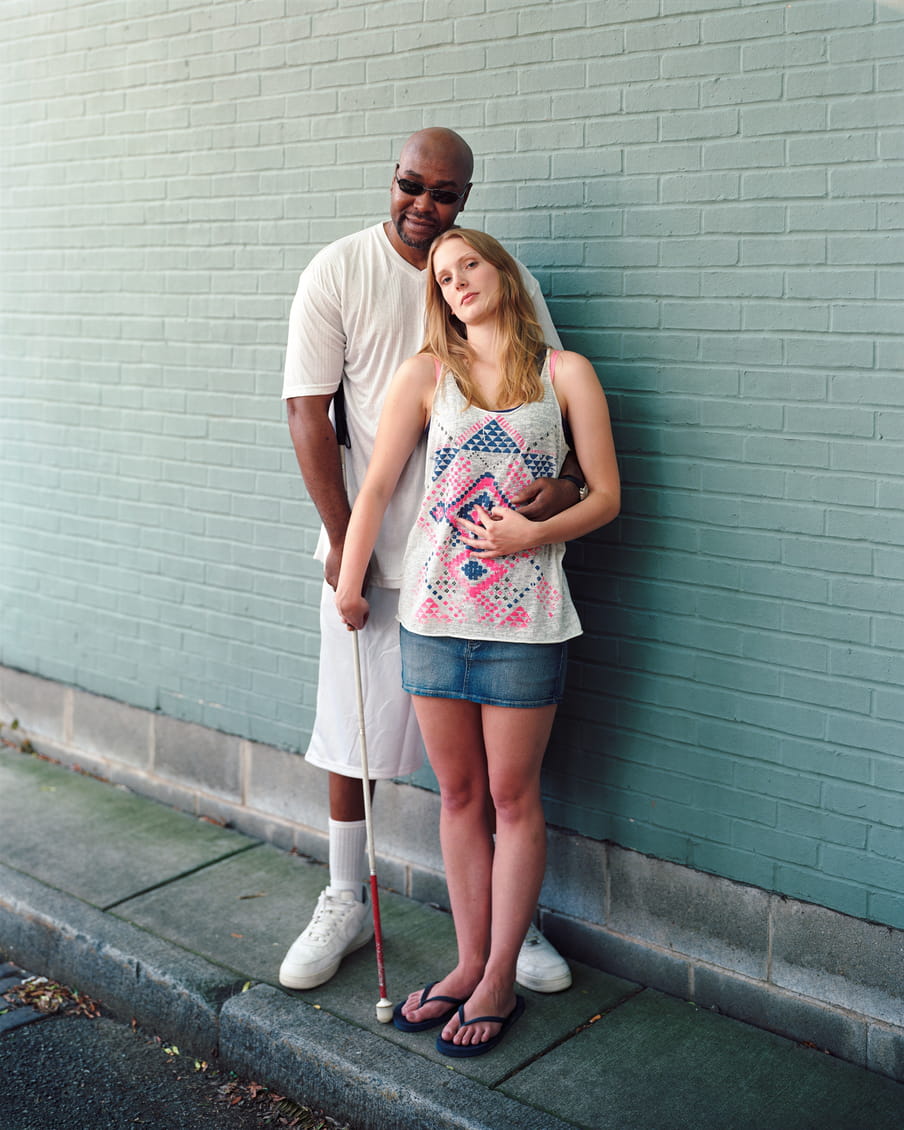
Gordon Allport wrote page after page about the positive effects of contact. It applied to soldiers and police officers, to neighbours and students. If black children and white children attended the same schools, for example, they were seen to lose their prejudices. This meant that what Braam Viljoen experienced during his studies abroad wasn’t exceptional. It was the rule.
Perhaps the most powerful proof for Allport’s contact hypothesis came from the sea. When African Americans were first admitted to the largest seamen’s union in 1938, there was initially widespread resistance. But once black and white seamen actually began working together, the protests ceased.
Gordon Allport was a cautious man; he knew his case was still far from watertight. It’s possible that the sailors who signed on for mixed crews might be less racist to begin with. As he travelled through South Africa in 1956 – two years after publishing his magnum opus on contact theory – Allport’s initial doubts resurfaced.
In this country where blacks and whites had been living side by side for centuries, racism was not diminishing. If anything, it seemed to be increasing. Of the many white Afrikaners Allport met, none seemed to have mental disorders, yet all continued to exclude and discriminate.
So did his theory really hold up?
Looking back in the 60s on his visit to South Africa, Allport felt forced to concede that he’d been blind to “the forces of history”.
From enemies to brothers in arms
It’s 7 May 1993. Crowded inside the rugby stadium in Potchefstroom, about 75 miles south of Johannesburg, are 15,000 white Afrikaners. Above them wave hundreds of red and black flags bearing symbols that resemble nothing so much as swastikas. Sporting long beards and brown shirts, the farmers are armed to the teeth with shotguns and pistols.
Among the rally’s speakers is Eugène Terre’Blanche, leader of the Afrikaner Resistance Movement. Terre’Blanche has long been fascinated by the oratorical techniques of Adolf Hitler and his henchmen are like the Ku Klux Klan, only more violent. That day the stadium seethes with anger and fear. Fear of what will happen if Mandela wins the first all-race elections. Fear of losing their national flag and anthem. Fear of the obliteration of an entire culture. These 15,000 angry demonstrators are also known as Bittereinders, after the Afrikaners who 100 years earlier fought the British to the bitter end. They see themselves as freedom fighters, prepared to use whatever means necessary.
Only, they’re missing something; or, rather, someone. What they need now is a leader. Someone who commands respect. Someone with an exemplary track record. Someone who can be for the Afrikaners what Mandela is for the “black danger” – the swart gevaar – and who will lead them in this final, momentous battle for freedom. Someone, in short, like Constand Viljoen.
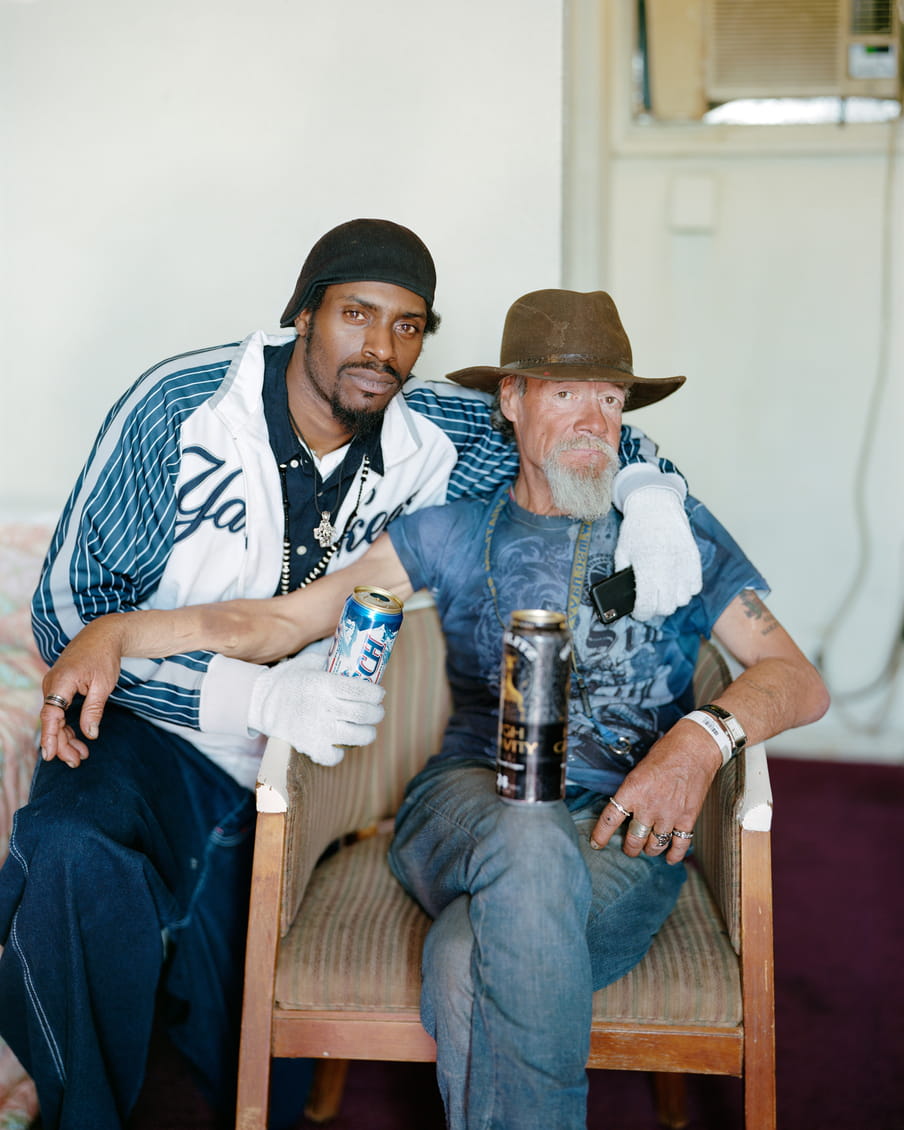
Constand is there that day in Potchefstroom. Having retired years before, he now leads a quiet life as a farmer. But when the mob begins chanting his name, he doesn’t hesitate. The former general takes the stage.
“The Afrikaner people must prepare to defend themselves,” Constand roars into the microphone. “A bloody conflict which requires sacrifices is inevitable, but we will gladly sacrifice because our cause is just!” The crowd goes wild.
“You lead,” cry the Afrikaners, “we will follow!”
This is how Constand becomes the leader of a new coalition calling itself the Afrikaner Volksfront . And this isn’t just any political party or federation. It’s an army. Constand is mobilising for war. He wants to prevent multiracial elections at all costs.
“We had to build a massive military capability,” Constand later recalls. In two short months, the AVF recruits 150,000 Afrikaners, including 100,000 experienced servicemen. The mere mention of the name “Constand Viljoen” is enough to convince most.
At the same time, they need to devise a plan of attack, which leads to a succession of crackbrained proposals. Maybe they should ambush the leadership of the ANC, Mandela’s political party, one person suggests. No, says another, they should lynch 15,000 black people in Western Transvaal and dump them in a mass grave. With each passing day, the mood grows more rabid.
‘If he could win Constand over, a peaceful transition ... would be possible. If not, war was inevitable’
Seventy-five miles away in Johannesburg, Constand’s brother Abraham feels a deep sense of foreboding. “Sometimes I think that the classic elements of tragedy are constellating here,” he writes in a memo to Mandela and the ANC. But Braam also realises he needs to act. He knows he’s the only person in the whole of South Africa who may be able to change his brother’s mind. After hardly talking in 40 years, now they must.
“If he could win Constand over,” one historian would later write, “a peaceful transition from apartheid to democracy would be possible. If not, war was inevitable.”
It’s early July 1993, with 10 months until the elections, when Braam arrives at the AVF offices in downtown Pretoria. As soon as the two brothers are seated, Braam cuts to the chase. “What are your options?” “As things stand now,” Constand replies, “we have only one option, and that is to fight.”
Then Braam makes a proposal, a plan he and Nelson Mandela have hammered out together in the utmost secrecy. What would Constand say, Braam asks, to sitting down with the ANC leadership for direct talks about the position of his people? By this point, Constand has already rejected nine such overtures. But this time his response is different. This time it’s his brother asking.
And so it transpires that a pair of identical twins arrive together on the doorstep of a villa in Johannesburg on 12 August 1993. They expect to be greeted by household staff, but standing before them with a big grin is the man himself. Nelson Mandela.
It’s a historic moment: the hero of the new South Africa standing eye to eye with the hero of the old. The peacemaker opposite the man mobilising for war. “He asked me if I took tea,” Constand remembered years after the event. “I said yes and he poured me a cup. He asked me if I took milk. I said yes and he poured me milk. Then he asked me if I took sugar with my tea. I said I did and he poured the sugar. All I had to do was stir it!”
As they talk, it’s obvious that Mandela has made an effort to understand the history and culture of the Afrikaners. Constand is impressed when Mandela draws parallels between the Viljoen family’s struggle for freedom from the British 100 years ago and his own fight against apartheid. Most important, historians later note, is that Mandela talks to the military man in his own language. “General,” he says in Afrikaans, “there can be no winners if we go to war.”
Constand nods. “There can be no winners.”
That first meeting opens four months of secret talks between Viljoen and Mandela. Even President Frederik Willem de Klerk is kept in the dark, and few history books mention it today. Yet this was a pivotal moment in the history of South Africa. In the end, the former general was convinced to lay down his weapons and join the elections with his party. Each time Constand shook Mandela’s hand, his admiration grew for the man he once considered a terrorist. And the feeling was mutual. Mandela developed a growing respect for the general, and unlike career politician De Klerk, came to trust him. “He took my brother’s arm,” Braam would later say, "and he did not let it go."

The Mandela Method
By then Gordon Allport, the psychologist who had come up with the contact hypothesis, was long dead. But the student he’d toured South Africa with in 1956 was still very much alive. Unlike the retiring Allport, Thomas Pettigrew was a rebel. An activist. He’d played a visible role in the US civil rights movement and the FBI had a thick file on his activities. While staying in South Africa, Pettigrew attended a string of illegal ANC meetings, and the secret service had taken note. When he presented his passport at customs six months later, it got a stamp in big letters: “BANNED FROM SOUTH AFRICA”.
Little did Pettigrew know that he would one day return to the land of Mandela. Half a century later, in 2006, he was invited to an international psychology conference in South Africa. “Everywhere we looked,” said Pettigrew of his trip, “we saw progress even though much remains to be accomplished.”
Durban’s beautiful beaches were now open to all. On the spot once occupied by an infamous prison, the Constitutional Court now stood with a sign welcoming visitors in South Africa’s 11 official languages.

As one of the leading scientists in his field and the convention’s guest of honour, Pettigrew presented a massive study that provided overwhelming support for his former mentor’s theory. Pettigrew and his team rounded up and analysed 515 studies from 38 countries. Their conclusion? Contact works.
Not only that, few findings in the social sciences have this much evidence to back them up.
Contact engenders more trust, more solidarity and more mutual kindness. It helps you see the world through other people’s eyes. Moreover, it changes you as a person, because individuals with a diverse group of friends are more tolerant towards strangers. And contact is contagious: when you see a neighbour getting along with others, it makes you rethink your own biases.
But what also came out of these studies was the finding that a single negative experience (a clash or an angry look) makes a deeper impression on us than a joke or a helping hand. That’s just how our brains work. Initially, this left Pettigrew and his colleagues with a puzzle. Because if we have a better memory for bad interactions, how come contact nonetheless brings us closer together? The answer, in the end, was simple. For every unpleasant incident we encounter, there are any number of pleasant interactions.
The bad may seem stronger, but it’s outnumbered by the good. If there’s one person who understood the power of contact it was Nelson Mandela. Years earlier, he had chosen a very different path – the path of violence. In 1960, Mandela had been one of the founding members of the armed wing of the ANC.
More than 50% of the nonviolent campaigns were successful, as opposed to 26% of the militant ones
But 27 years behind bars can utterly change a person. As the years passed, Mandela began to realise what scientists would later show: nonviolent resistance is a lot more effective than violence. Take the recent work of Erica Chenoweth, a US sociologist who started out believing the “Mandela Method” was naive. In the real world, she thought, power is exercised through the barrel of a gun. To prove it, she created a huge database of resistance movements going back to 1900.
“Then I ran the numbers,” she wrote in 2014. “I was shocked.” More than 50% of the nonviolent campaigns were successful, as opposed to 26% of the militant ones. The primary reason, Chenoweth established, is that more people join nonviolent campaigns. On average over 11 times more. And not just guys with too much testosterone, but also women and children, the elderly and people with disabilities. Regimes just aren’t equipped to withstand such multitudes.
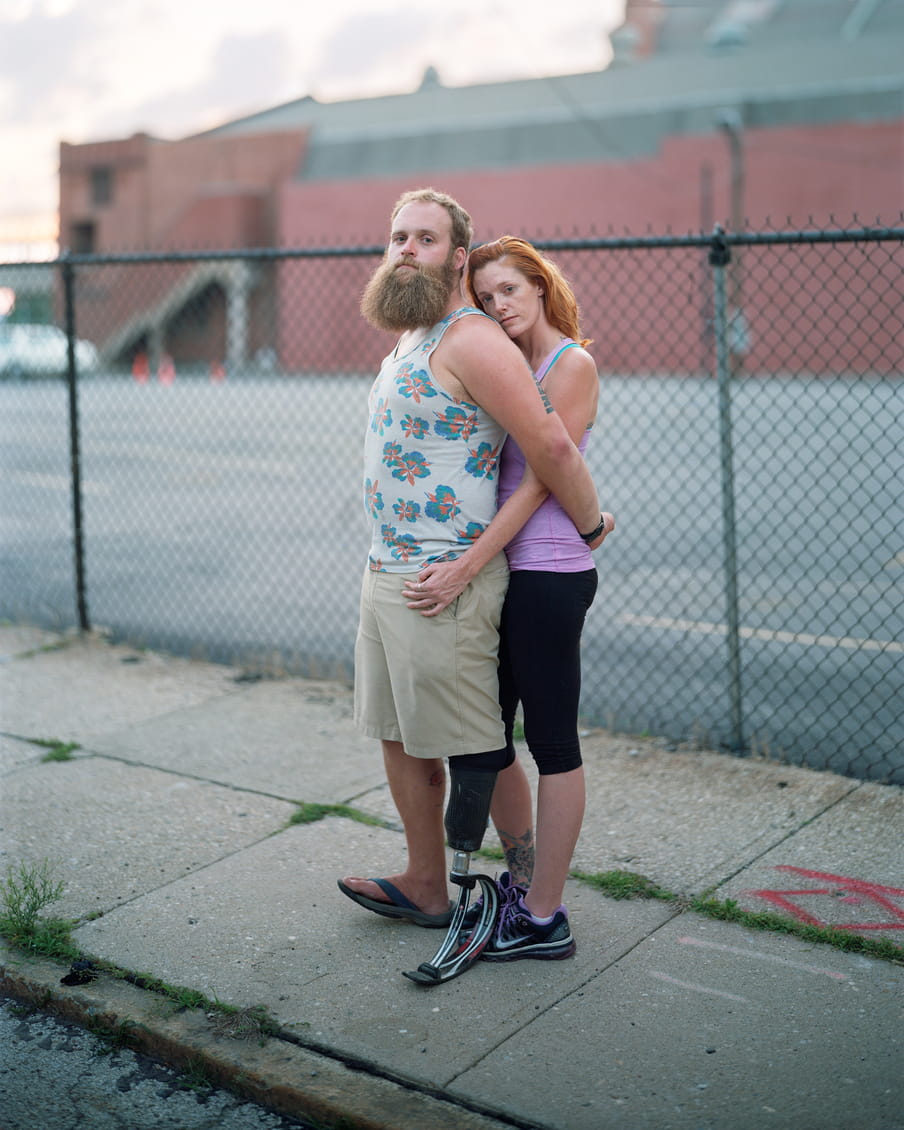
That’s how good overpowers evil – by outnumbering it. In nonviolent campaigns, one ingredient is essential: self-control. While in prison, Mandela became a master at keeping a cool head. He decided to study his enemy, reading scores of books about the culture and history of the Afrikaners. He watched rugby. He learned their language. “If you talk to a man in a language he understands,” Mandela explained, “that goes to his head.
If you talk to him in his language, that goes to his heart.” Mandela tried to make his fellow inmates see that their guards were people, too, only that they’d been poisoned by the system. Years later, that’s how Mandela would look at Constand Viljoen: as an honest, loyal and brave man who’d spent his life fighting for a regime he believed in.
After his release, Mandela was able to rally 90% of black South Africans to the cause. He then turned his efforts to winning the hearts of white Afrikaners. Such was his success that when Mandela entered Johannesburg’s stadium dressed in the white rugby team’s shirt on 24 June 1995, he was greeted with cheers of “Nelson, Nelson!” by thousands of men and women who’d once thought him a terrorist.
‘Mandela chose to see good in people who 99 people out of 100 would have judged to have been beyond redemption’
It’s tempting to attribute the triumph of Mandela’s approach to a gift for publicity, but that’s not what did it. He didn’t orate with the passion of a Martin Luther King or debate with the fire of a Winston Churchill. At his first press conference he was bewildered by the furry objects clustered in front of him, until someone whispered in his ear that they were microphones.
Mandela’s superpower lay elsewhere. What made him one of the greatest leaders in world history, observes journalist John Carlin, is that “he chose to see good in people who 99 people out of 100 would have judged to have been beyond redemption”.
Walter Sisulu, one of Mandela’s closest friends, was once asked to name some of Mandela’s flaws. “When he trusts a person,” Sisulu began, “he goes all out … ” Then he hesitated. “But perhaps it is not a failing … ”
‘To despair is to misread the long lesson of history’
Looking back on the most hopeful shifts in recent decades, we see that trust and contact were instrumental every time. Take the emancipation of gays and lesbians starting from the 1960s. As more and more brave souls came out of the closet, friends and co-workers and mothers and fathers learned that not everybody has the same sexual preference. And that that’s OK.
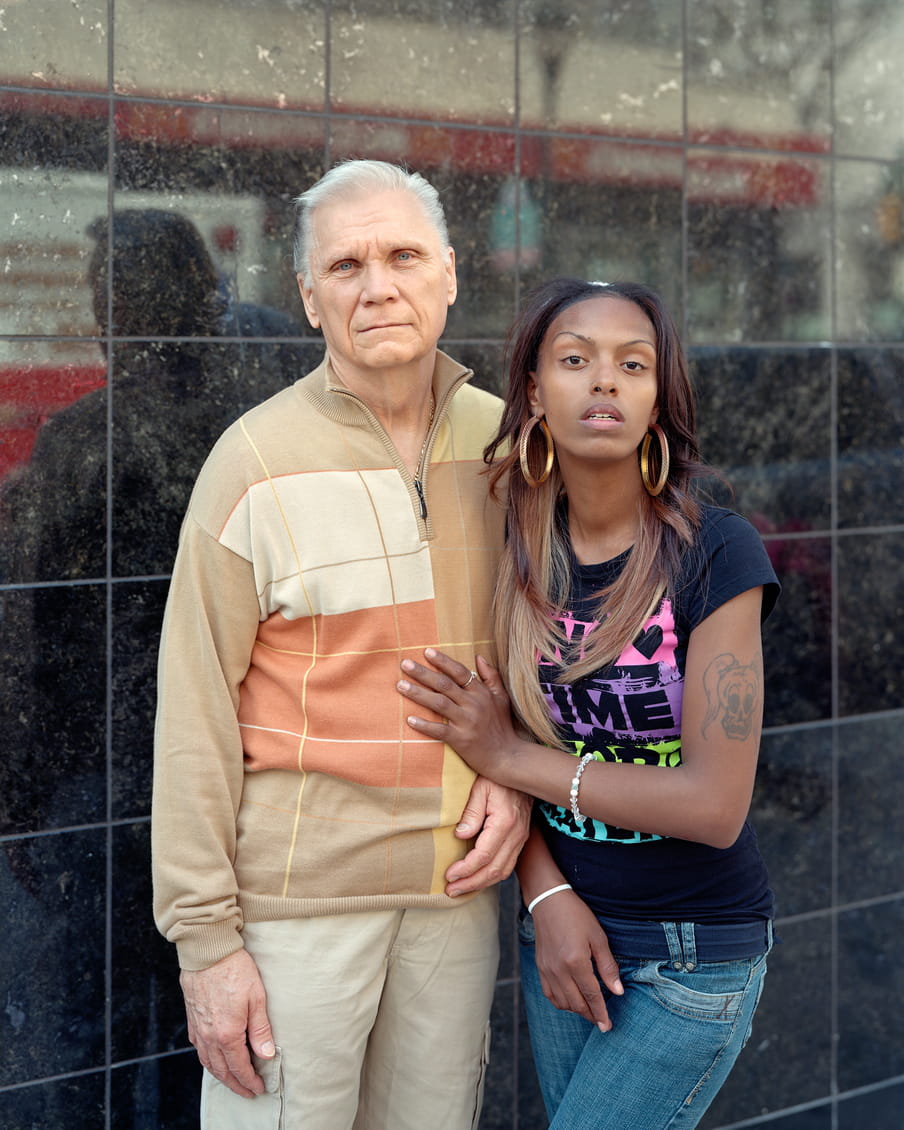
But the opposite also holds true. After Donald Trump was elected president in 2016, it became clear that all too often we still live in our own bubbles. Two sociologists even showed that “the racial and ethnic isolation of whites at the zip-code level is one of the strongest predictors of Trump support”. And also that the further the distance to the border separating the US from Mexico, the higher the support for the man who campaigned on building a giant wall between the two. The problem, in other words, was not too much contact between Trump voters and Muslims and refugees, but too little.
The same pattern played out in the referendum held in Britain in 2016 on whether to leave the EU. In communities that were less culturally diverse, proportionately more residents voted in favour of Brexit. And in my own country of Holland, the highest concentrations of populist party voters are found in areas with the highest concentrations of white residents.
A Dutch team of sociologists found that when whites had more contact with Muslims (primarily at work), they were also less Islamophobic.
After Donald Trump was elected president in 2016, it became clear that all too often we still live in our own bubbles
Not only that, diversity can also make us friendlier. In 2018, an international team of researchers at the University of Singapore established on the basis of five new studies that people who live in more diverse communities more often identify with all of humanity. As a result, they also exhibit more kind, helpful behaviour towards strangers. This was demonstrated after the Boston Marathon bombing in 2013, when residents of more diverse neighbourhoods provided more help.
But don’t start celebrating just yet. Merely living in a mixed neighbourhood isn’t enough. If you seldom talk to your neighbours, diversity can actually heighten prejudice. There are also indications that communities which saw a rapid influx of immigrants also had larger shares of pro-Brexit or Trump voters.
Contact researchers consequently stress that people need time to get used to one another. Contact works, but not instantly. Holland witnessed fierce protests in 2015, for instance, against the opening of reception centres for Syrian refugees. Angry objectors arrived yelling and name calling, and even threw stones through windows. But then a couple of years later, that anger turned to sadness when the same asylum seekers had to be relocated elsewhere. “We had no problems here. In fact, it was all positive,” reported one man who just a few years earlier had issued violent threats. “It’s become a place to socialise, like a community centre. I enjoy going over for a cup of coffee.”
Interacting with strangers is something we have to learn, preferably starting from childhood. Best of all would be if every young person could travel like Abraham Viljoen did in his college days. Mark Twain figured that out as early as 1867, observing that “travel is fatal to prejudice, bigotry, and narrow-mindedness”.
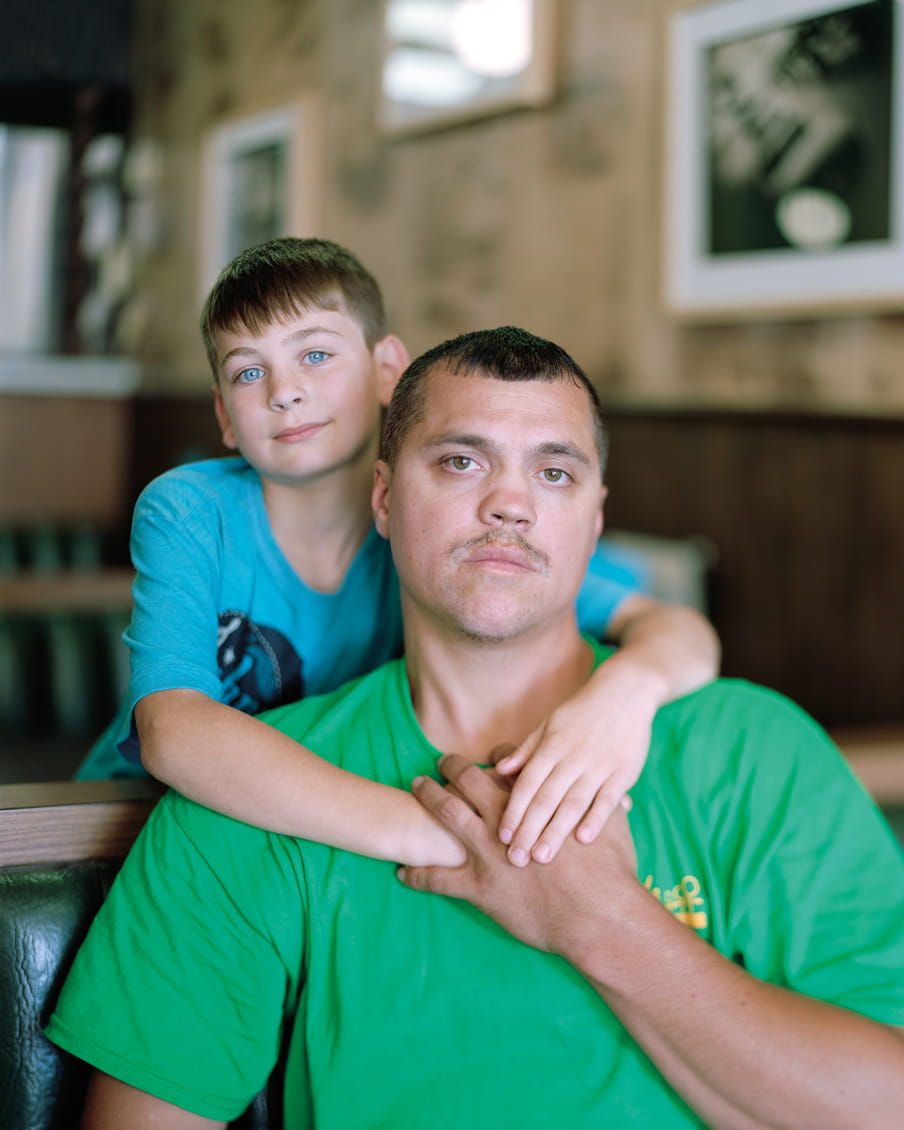
This is not to say we need to change who we are. Quite the opposite. Among the most notable findings to come out of contact science is that prejudices can be eliminated only if we retain our own identity. We need to realise it’s OK that we’re all different – there’s nothing wrong with that. We can build strong houses for our identities, with sturdy foundations.
Then we can throw open the doors.
After visiting South Africa in 1956, Gordon Allport concluded that he’d been naive. That some societies are just too far gone, and that the weight of the past can prove too great a burden. When he died in 1967, he had no idea that all his earlier predictions would one day prove to be true. For what had Allport asserted during one of his lectures back in Johannesburg?
Yes, humans are tribal animals. Yes, we’re quick to form prejudices. And yes, thinking in stereotypes seems to be rooted deep in our nature. Yet Allport also stressed the importance of zooming out. “To despair,” he said, “is to misread the long lesson of history.”
South Africa will carry its legacy of apartheid for decades to come, but that doesn’t diminish the country’s breathtaking progress over the past 50 years. Today Constand and Abraham Viljoen still live in two different worlds – one a soldier, the other a minister; one a veteran, the other a peacemaker – but the long years of not seeing each other are over. Contact has been restored.
Translated from the Dutch by Elizabeth Manton and Erica Moore.
My book Humankind is available from Little, Brown in North America and Bloomsbury in the UK.
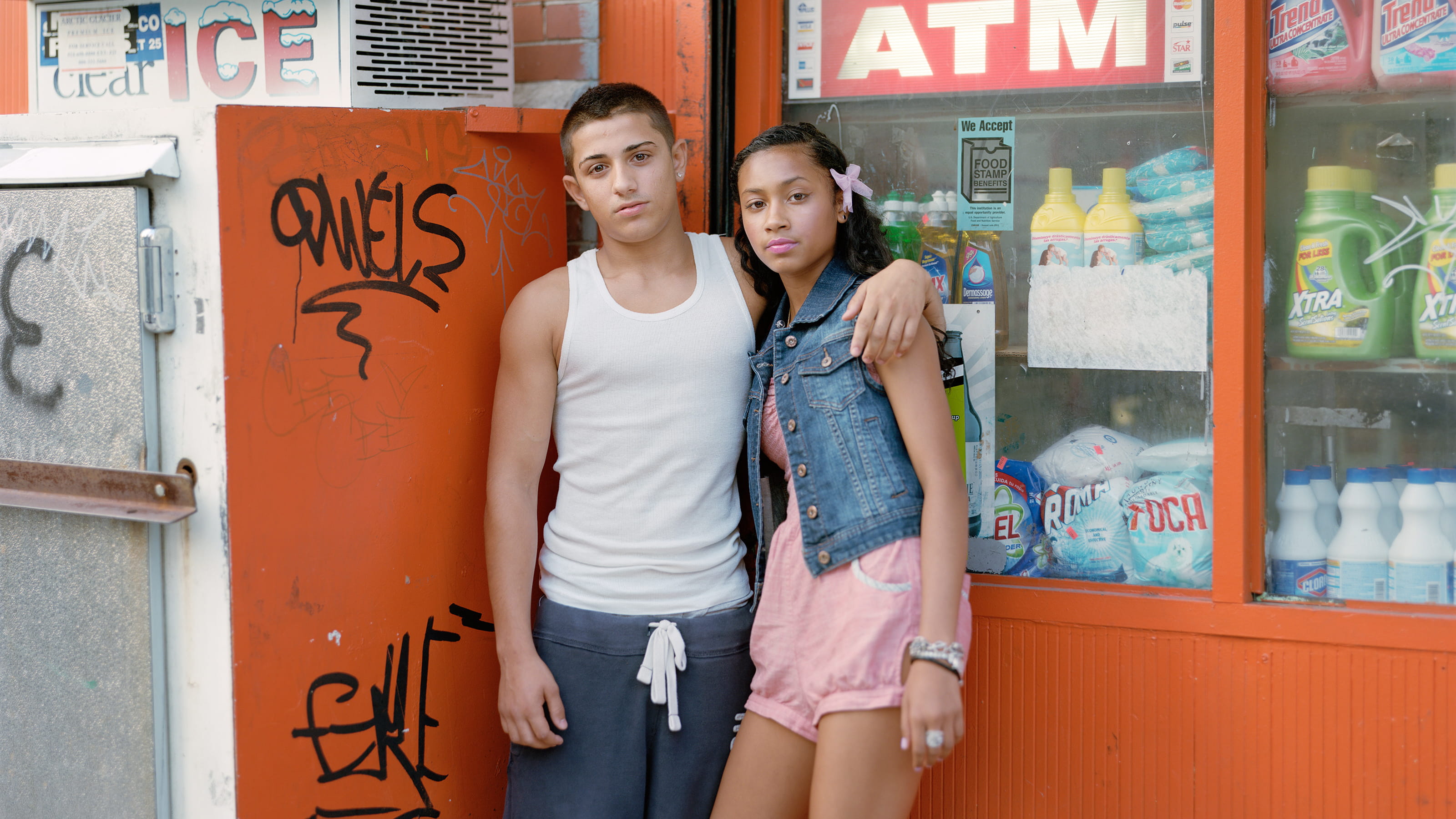 About the images
The images shown alongside this article were made by the US photographer Richard Renaldi. The people in these seemingly intimate portraits are actually complete strangers. After crossing paths with Renaldi, he asked them to pose in ways normally reserved for family, friends or loved ones.
About the images
The images shown alongside this article were made by the US photographer Richard Renaldi. The people in these seemingly intimate portraits are actually complete strangers. After crossing paths with Renaldi, he asked them to pose in ways normally reserved for family, friends or loved ones. The photos illustrate how easily the bridge between being a stranger or a loved one can be crossed. They reflect on the value of contact and connectedness, a phenomenon that in these strange times – years after the photos were taken – has taken on a completely different meaning. (Lise Straatsma, image editor)
Dig deeper
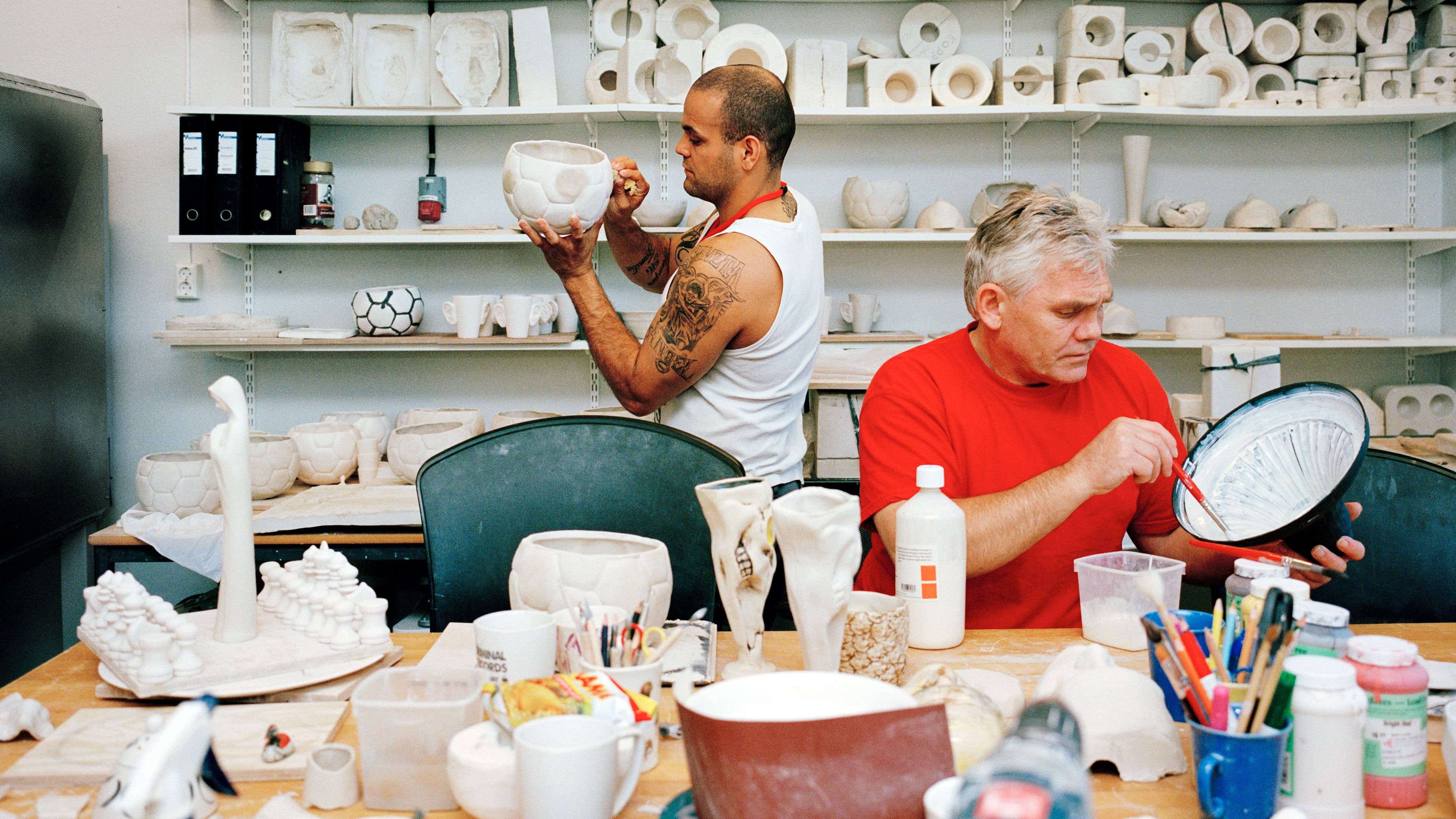 Here’s a radical idea that will change policing, transform prisons and reduce crime: treat criminals like human beings
In Norway, convicted murderers can work freely with chainsaws and other potentially lethal tools. The result? When life on the inside resembles life on the outside, former inmates become good neighbours.
Here’s a radical idea that will change policing, transform prisons and reduce crime: treat criminals like human beings
In Norway, convicted murderers can work freely with chainsaws and other potentially lethal tools. The result? When life on the inside resembles life on the outside, former inmates become good neighbours.
 Why US Americans always end up with a president who is less progressive than they are
The majority of people in the US are progressive on the big issues, but the media and political establishment close ranks to make sure they get a card-carrying centrist candidate like Joe Biden. If progressives want to win, they’ll have to reframe the debate.
Why US Americans always end up with a president who is less progressive than they are
The majority of people in the US are progressive on the big issues, but the media and political establishment close ranks to make sure they get a card-carrying centrist candidate like Joe Biden. If progressives want to win, they’ll have to reframe the debate.


